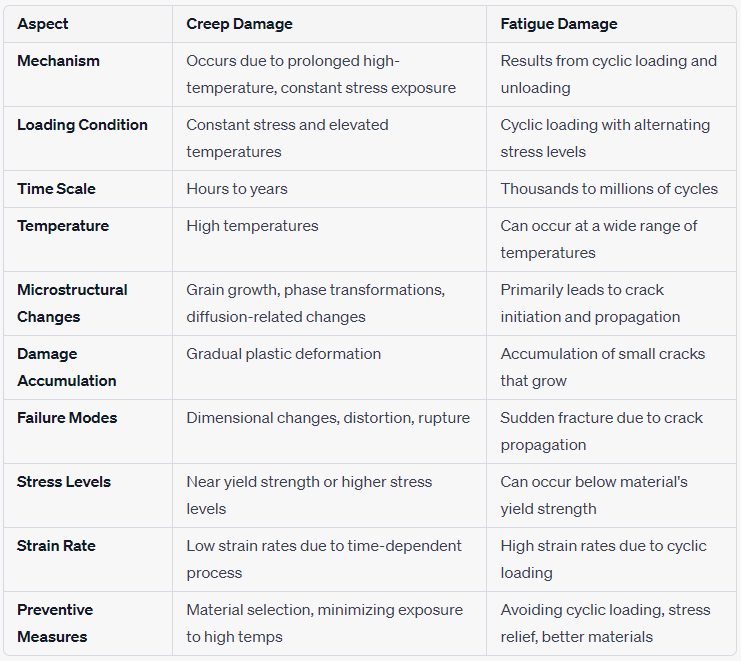Wet H2S Damages - Hydrogen Blistering
- matintegrity
- Jan 8, 2023
- 2 min read
Hydrogen blistering is a type of damage that can occur in materials that are exposed to wet hydrogen sulphide (H2S) gas. This damage can occur typically on internal surfaces of carbon steel materials that are exposed to wet H2S environment.
Hydrogen blistering is a type of damage that occurs in materials, such as pressure vessels, when they are exposed to wet hydrogen sulphide (H2S) gas. It is characterized by the formation of bulges or blisters on the inner surface of the material.
Areas directly above and below the liquid level in vessels with a process containing acidic components may be subject to hydrogen blistering.
The mechanism behind hydrogen blistering involves the formation of hydrogen atoms on the surface of the material as a result of corrosion reactions. Sulfur acts as a "recombination poison," preventing the hydrogen atoms from combining into hydrogen gas molecules (H2). This allows the hydrogen atoms to remain on the surface of the material, where they can diffuse into the material and collect at points of discontinuity, such as inclusions or laminations.
When the concentration of hydrogen atoms becomes too high at these points, they combine to form H2 gas, which becomes trapped within the material.
As corrosion continues, more hydrogen atoms are formed on the surface and diffuse into the material, increasing the pressure of the trapped H2 gas. Eventually, this pressure build up to cause local deformation in the material, resulting in the formation of hydrogen blisters. Hydrogen blistering can be very damaging to materials, as it can weaken their structural integrity and make them more prone to failure.
Blistering only results from hydrogen generated by corrosion, not from hydrogen gas in the process stream.
Photo credit: https://www.researchgate.net/profile/Gregory-Haidemenopoulos/publication/327233969/figure/fig1/AS:663903847583746@1535298420472/Blistering-in-internal-surface_Q640.jpg
It is important to take steps to prevent hydrogen blistering in materials that are exposed to wet H2S gas, such as using materials that are resistant to hydrogen absorption or using coatings to prevent the gas from coming into contact with the material.
Blistering have been found to occur between ambient temperature and 300 °F (150 °C) or higher.
Mitigation or prevention techniques:
Use HIC-resistant steels for manufacturing the equipment to minimize the susceptibility to blistering.
Apply effective barriers, such as alloy cladding or coatings, that separate the surface of the steel from the wet H2S environment.
Blisters are found most easily by visual examination. A flashlight beam directed parallel to the metal surface will sometimes reveal blisters. When many small blisters occur, they can often be found by running the fingers over the metal surface.
To determine the remaining effective wall thickness of a pressure vessel with large hydrogen blisters, the metal thickness of the blisters should be measured. This can typically be done using ultrasonic thickness (UT) measurement equipment or by drilling a hole at the top of the blister and measuring the thickness with a hook scale.
If UT measurement is being used, the blister should be large enough to accommodate the UT transducer. In some cases, it may be difficult to obtain accurate UT readings on blisters located near welds due to the roughness of the weld surface.
https://th.bing.com/th/id/R.5a1c5705f70cd0ebda05ea2d69805f2bik=kzaF%2fqtKYH%2fdMA&riu=http%3a%2f%2ffarm2.static.flickr.com%2f1155%2f1379464538_a2d4d79d4f_o.png&ehk=7He4ebtlBpaEOGuOf9DPBcSJQwtgX6iZoADHOS6crgc%3d&risl=&pid=ImgRaw&r=0








Comments